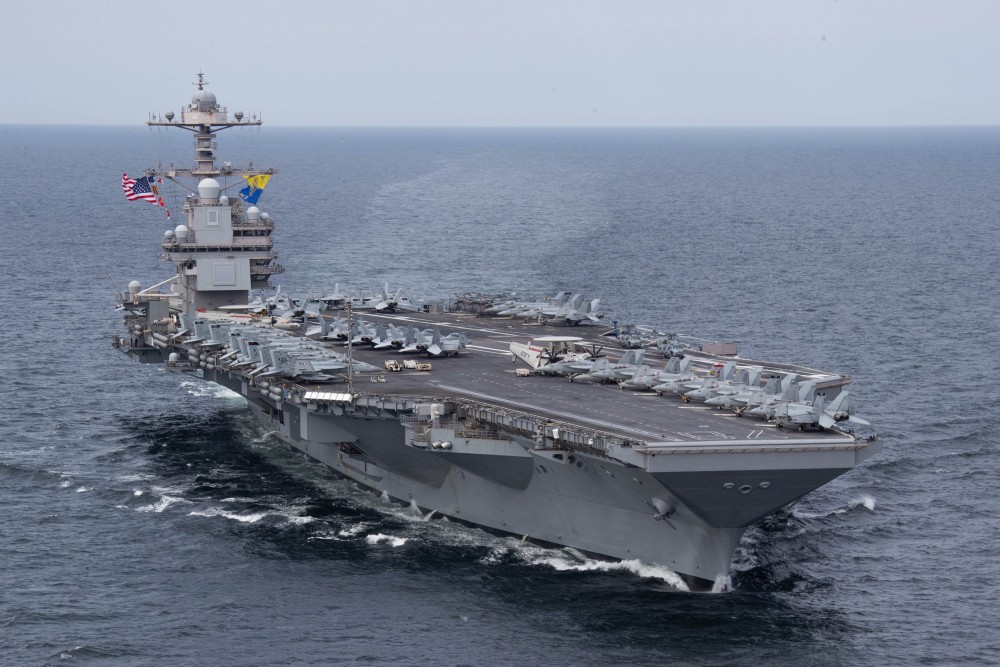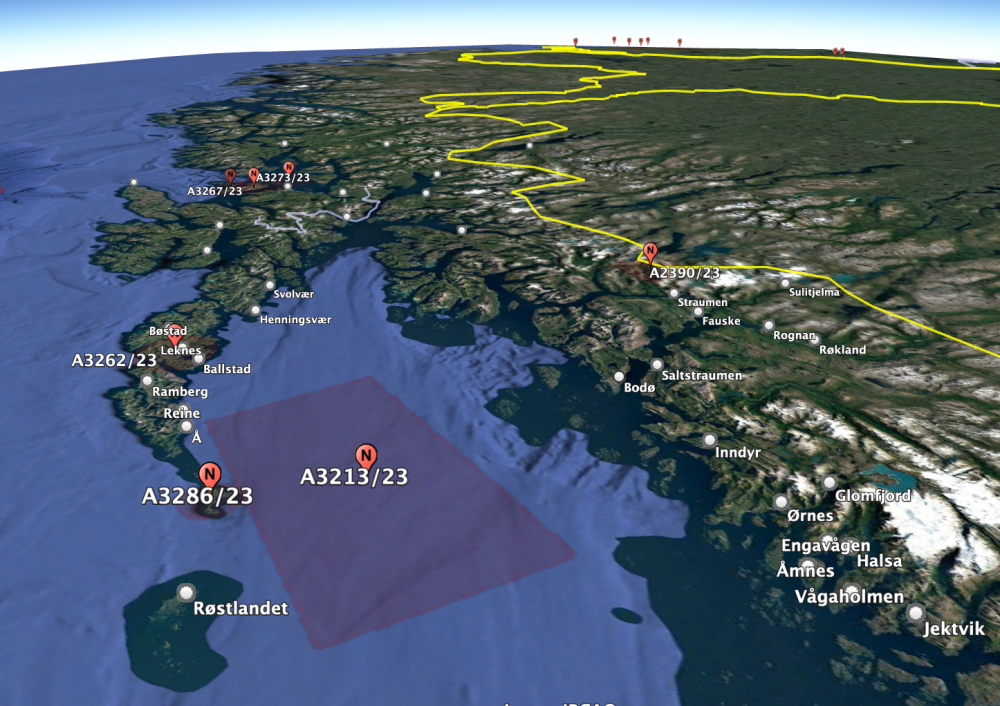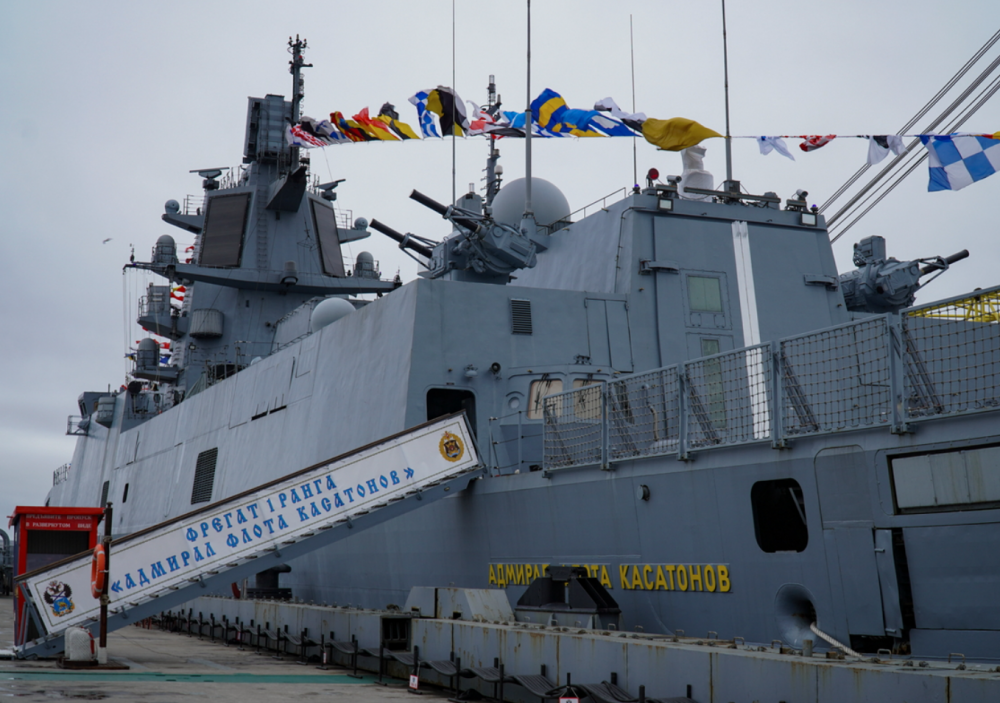Carrier USS Ford is now operating inside the Arctic Circle
Sailing the waters around Lofoten archipelago in Northern Norway, the authority of the strike group was this weekend transferred from US Navy to NATO.

There are currently more NATO fighter jets above the Arctic Circle than at any time since the breakup of the Soviet Union. A record high 150 jets from 14 nations are currently training in the skies over Norrbotten, northern Sweden, including sorties from the air bases at Rovaniemi and Pirkkala in Finland and Ørland in Norway.
With “USS Gerald R. Ford” now in the area, another 75 aircraft are deployed.
The air wing of the carrier is not officially part of the Arctic Challenge exercise, but NATO says in a statement that the fighter jets will embark on “a series of planned maritime security activities and training.”
Norway is the host nation for these events, NATO says and adds that training will take place over the following week.
A Notice to Airmen (NOTAM) warning is issued for the area in Vestfjorden where the carrier strike group is operating. The NOTAM is valid until late evening June 7.
Together with the aircraft carrier sails the cruiser “USS Normand” and the destroyer “USS Ramage”. It is not said which submarines are in the area.
On Friday, Russia’s Northern Fleet began an anti-submarine exercise in the Barents Sea with several vessels of the Kola flotilla, plus the anti-submarine ships “Vice-Admiral Kulakov” and “Admiral Levchenko”. There are no reports about any Russian navy vessels sailing near the Lofoten area where the NATO strike group now is training.
At port in Severomorsk is the modern frigate “Admiral Kasatonov” making ready for mission, but it is unclear when and where the warship will sail.
As the US carrier group sailed north from a visit to the Norwegian capital, NATO ministers of foreign affairs met in Oslo for an informal meeting on Thursday.
“This meeting is an opportunity to reaffirm our strong transatlantic ties and our resolve to stand together to address common challenges in our neighborhood. Russia’s aggressive war against Ukraine has highlighted how important NATO is to our security,” said Foreign Minister Anniken Huitfeldt who hosted the meeting.
She underlined the importance Norway plays for NATO in the north.
“A large part of Russia’s strategic nuclear weapons are located close to the border with Norway. We monitor military activity closely,” Huitfeldt said.
The Northern Fleet’s Delta-IV and Borei-class ballistic missile submarines have Gadzhiyevo north of Murmansk as home port and sail patrols in the eastern Barents Sea and Arctic Ocean.
In February, the Barents Observer reported about Russia denying the United States access to conduct inspections in Gadzhiyevo under the New START Treaty. A few weeks later, Vladimir Putin suspended Russia’s participation in the treaty, which was the last pillar in Russian-US arms control.
In retaliation, the US State Department said on June 1 it will stop sharing data on facilities and nuclear forces, including numbers of deployed warheads and delivery vehicles. Also, the locations of missiles and launchers will be withheld.
Washington, though, notes that it continues to abide by the treaty’s central limits.
The New START Treaty was signed in 2010 and limits the number of strategic nuclear warheads to no more than 1,550 in each of the two countries and no more than 700 missiles and bombers to deliver them.
Ballistic missile submarines (SSBN) are the most important cornerstone in Russia’s nuclear triad.
Located in Kirkenes, Norway, just a few kilometres from the borders to Russia and Finland, the Barents Observer is dedicated to cross-border journalism in Scandinavia, Russia and the wider Arctic.
As a non-profit stock company that is fully owned by its reporters, its editorial decisions are free of regional, national or private-sector influence. It has been a partner to ABJ and its predecessors since 2016.
You can read the original here.

